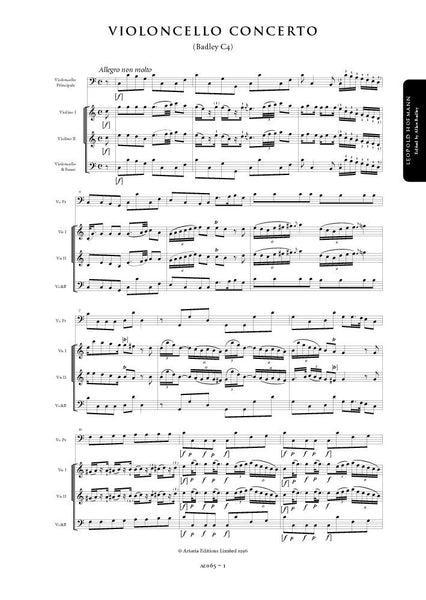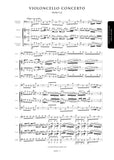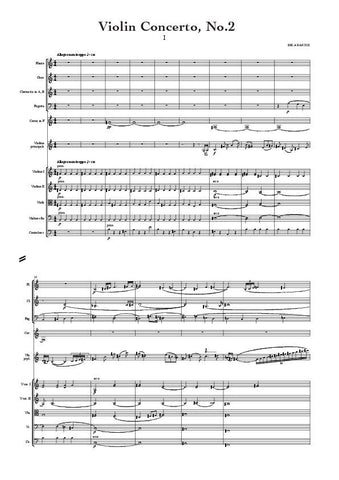Description |
Hofmann, Leopold (1738-1793)
|
||||||||||||||||||||
Details |
During the 1760s and early 1770s, the years of his greatest fame and productivity, Hofmann wrote around sixty concertos including eight for violoncello. Given that the cello was not a popular solo instrument during the period, Hofmann's interest in writing for it is surely significant. Although he is not known to have played the instrument himself, he was certainly a very fine violinist who wrote idiomatically for strings. As there are no documented performances of any of these works it is only possible to hazard a guess at who might have appeared as soloists. Possible candidates include Luigi Boccherini, who played in the Viennese theatre orchestras during the early 1760s, Francesco Alborea, aliasFrancischello / Francisghella; and Joseph Weigl, Haydn's former principal cellist in the Esterhzy court orchestra - and the recipient of his C major Concerto - who moved to Vienna in 1769 and is known to have been a member of Hofmann's orchestra at St Peter's. The present concerto, advertised in Supplement III (1768) of the Breitkopf Catalogue , may be one of Hofmann's earliest concertos for violoncello. This edition is based on the sole surviving source, a set of contemporary manuscript parts preserved in the Stifts- och landsbiblioteket - Lnsbibliotek i Skaraborgs ln (Sweden) under the shelfmark number 83. The wrapper reads " CONCERTO C / a Violoncello Concertato / Violino Primo / Violino Secondo / e / Basso / Sigr. Leop: Hoffmann / Joh: Hind: Damm ". In the absence of both the autograph score and an authentic set of parts, this edition presents as faithfully as possible the intentions of the composer as transmitted in this source. As is usual in Hofmann's concertos there are no dynamic markings in the solo sections; these are left to the discretion and good taste of the performer. The style and notation of articulation and dynamic markings have been standardized throughout, and, where missing from the source, reconstructed from parallel passages. These are indicated by the use of dotted slurs or brackets. Like most eighteenthcentury sources, the present manuscript is very inconsistent in its notation of appoggiature; these too have been standardized to minimize confusion. Obvious wrong notes have been corrected without comment; editorial emendations with no authority from the source are placed within brackets. Allan Badley |
Loading...
Error














